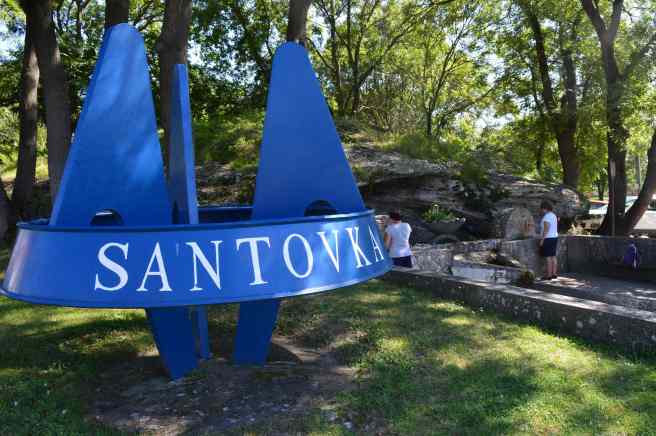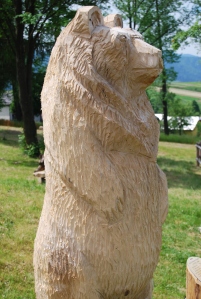It’s been far from a relaxed summer this year. It started as usual with a slow-down at the beginning of July. Then, a couple of weeks later, life took an unexpected turn.
I’d been busy working in a children’s summer camp. It was hard but rewarding and I enjoyed the work. There were quite a few Ukrainian children, but they seemed much more at home than last summer. Despite being tired at times, I felt a sense of purpose and achievement. Then, all of a sudden, the news came that my niece had been put in a coma after a complicated childbirth. She died a few days later, leaving behind her husband, a five-year-old daughter and the newborn baby boy.
I managed to repress my pain and sorrow while I was working in the camp, but when it finished, it all piled up at me. My mind got clogged with questions nobody could answer. Memories of our trips with Denisa and her young family kept coming back together with fragments of conversations we’d had. My brain was replaying the text messages we’d exchanged a few weeks before the tragedy.
I couldn’t sit down and write, so I went to see my extended family in the south of Slovakia. The tiny hamlet my grandparents used to live in hasn’t changed much, except for the traffic that is now more common on the one and only road crossing this farming settlement. My aunt and my cousins still live their simple, peaceful life here, surrounded by corn fields and meadows grazed by geese and goats.
On a Sunday afternoon we went on a trip to Dudince and Santovka – two bathing places we used to visit during our summer holidays. The spa town of Dudince and the wellness pools at Santovka have healing waters with a unique composition of minerals. Some of their springs are open to the general public, not only to the paying guests.


We walked through the extensive park of Dudince spa, visited the ancient Roman baths, marvelled at the travertine mounds created by decade-long precipitation of minerals present in the local geothermal springs. One of them, still active, can be seen near the entrance to the outdoor swimming pool. When the borehole was drilled 70 years ago, there was nothing but water packed with minerals spouting out of the ground.



Coming back from a long walk along Dudince’s Nature Trail, we sat down to taste spa wafers made at a small bakery near the Tourist Information Office.

Finally, I have decided to move on and get back to working on the Spring Book of A Taste of Slovakia series. There will be a chapter on Slovakia’s healing waters and mineral springs. Not all Slovaks may be aware of it, but our country has over 1600 mineral springs, geysers and wells. With its life-giving properties, quality standards and generous supplies, water is what might make Slovakia wealthier than we are ready to acknowledge.
